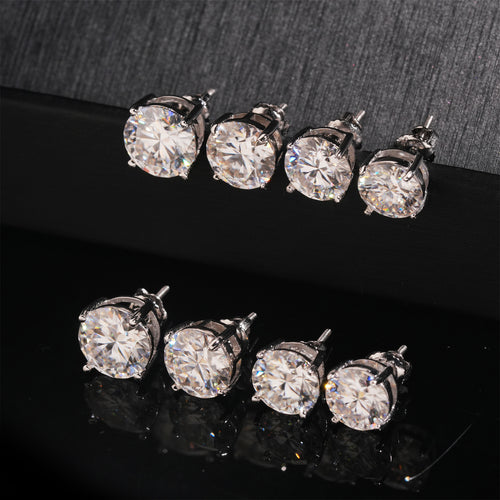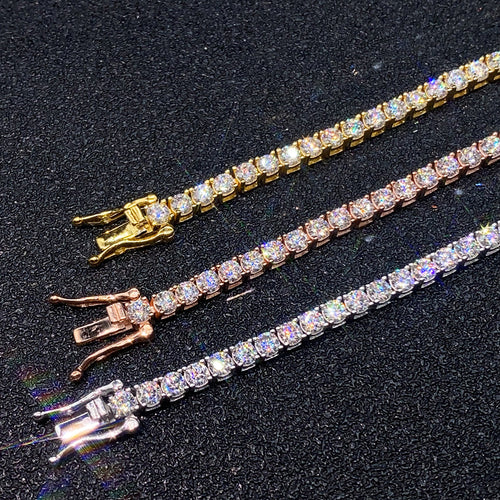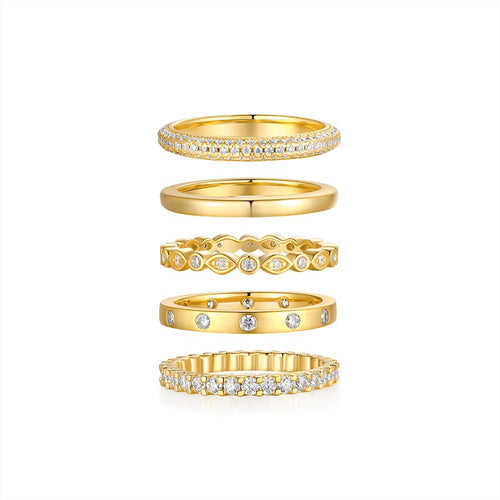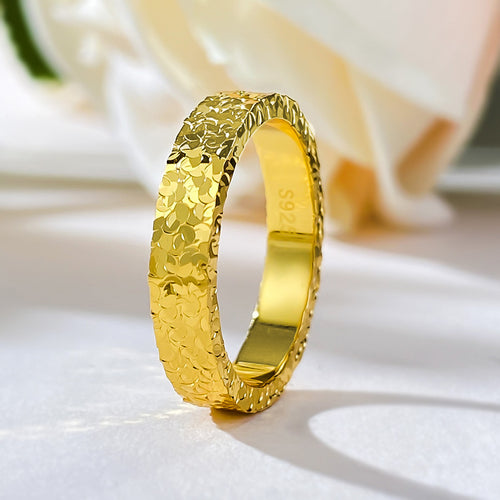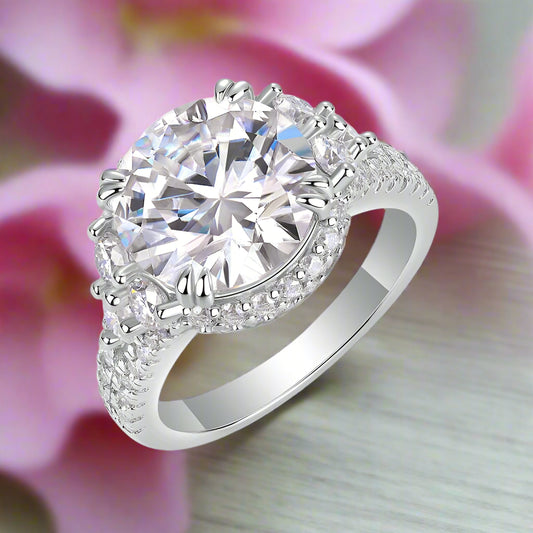Birthstones are more than just beautiful gems - they carry history, symbolism, and cultural significance. Each month has one or more birthstones, but while some are easy to find, others are among the rarest gemstones in the world.
If you’ve ever wondered what is the rarest birthstone, the answer lies with June’s extraordinary gem: alexandrite. Let’s explore why alexandrite holds this title, and take a closer look at other rare birthstones ranked by their scarcity and value.
The Rarest Birthstone: Alexandrite (June)

Among all birthstones, natural alexandrite is considered the rarest. This stunning gem is famous for its rare color-changing ability: green in daylight, and a rich reddish-purple under incandescent light. This optical phenomenon is due to chromium within its crystal structure.
What makes alexandrite so rare? Its formation requires extremely unique geological conditions, and it can only be found in a handful of places worldwide, including Brazil, Sri Lanka, and historically, Russia. High-quality natural alexandrite is exceptionally scarce, making it one of the most desirable gems on earth.
💡 Fun fact: June is home to two rare birthstones - alexandrite and natural pearls - giving it the title of the month with the rarest gemstones.
Rarest Birthstones Ranked

Here’s a list of rare and valuable birthstones, from the nearly unattainable to the more commonly found varieties:
1. Alexandrite (June)
-
Rarity: Extremely rare
-
Why: Unique color-change property; found in very few locations worldwide.
2. Ruby (July)
-
Vivid red rubies, especially from Myanmar, are exceptionally rare and prized.
3. Emerald (May)
-
Deep green emeralds with few inclusions, particularly from Colombia, are highly sought after.
4. Diamond (April)
-
While diamonds are abundant, flawless diamonds with top cut, clarity, and color are rare.
5. Tanzanite (December)
-
Found only near Mount Kilimanjaro in Tanzania; admired for its vibrant blue-violet hue.
6. Aquamarine (March)
-
Common overall, but intense, deep-blue aquamarines from Brazil are rare.
7. Pearl (June)
-
Natural pearls (formed without human intervention) are extremely rare; most pearls sold today are cultured.
8. Opal (October)
-
Black opals with vivid play-of-color are among the rarest gemstone varieties.
9. Sapphire (September)
-
Most common in blue, but rare “padparadscha” sapphires (pink-orange) are especially valuable.
10. Spinel (August)
-
Rare red spinels are often mistaken for rubies and highly coveted.
11. Garnet (January)
-
While common in general, the rare demantoid garnet shines with its brilliant green fire.
12. Peridot (August)
-
Rare in large carat sizes (10+ carats); most peridots are small.
13. Tourmaline (October)
-
The Paraiba tourmaline, with its neon blue-green glow, is one of the rarest gems.
14. Sardonyx (August)
-
Valued for sharp color banding; rarer than other onyx forms.
15. Citrine (November)
-
Natural citrine is rare - most citrine sold is heat-treated amethyst.
16. Topaz (November)
-
Imperial topaz with golden-orange tones is the rarest variety.
17. Zircon (December)
-
Rare, brilliant, and fiery; especially in its striking blue variety.
18. Turquoise (December)
-
Bright, even-colored turquoise is harder to find and highly valued.
19. Blue Topaz (December)
-
Natural blue topaz is rare, though most gems on the market are treated.
20. Amethyst (February)
-
Abundant overall, but top-quality deep purple stones with clarity are rarer.

Quick Reference Chart: Birthstones by Rarity
| Birthstone | Month | Rarity Level |
|---|---|---|
| Alexandrite | June | Extremely Rare |
| Ruby | July | Rare |
| Emerald | May | Rare |
| Diamond | April | Some Varieties Rare |
| Tanzanite | December | Rare |
| Aquamarine | March | Common |
| Pearl (natural) | June | Extremely Rare |
| Opal | October | Rare |
| Sapphire | September | Some Varieties Rare |
| Spinel | August | Rare |
| Garnet | January | Some Varieties Rare |
| Peridot | August | Some Varieties Rare |
| Tourmaline | October | Some Varieties Rare |
| Sardonyx | August | Rare |
| Citrine | November | Rare |
| Topaz | November | Some Varieties Rare |
| Zircon | December | Rare |
| Turquoise | December | Some Varieties Rare |
| Blue Topaz | December | Some Varieties Rare |
| Amethyst | February | Common |

Rare Birthstone FAQ
What is the rarest birthstone?
Natural alexandrite (June) is the rarest birthstone, with its signature color-changing ability and extreme scarcity.
Which month has the rarest birthstones?
June, with both alexandrite and natural pearls, is the month with the rarest gems.
What is the most common birthstone?
Amethyst (February) is among the most common birthstones, though high-quality deep purple specimens are more valuable.
What is the rarest December birthstone?
Among December’s many gems (blue topaz, zircon, turquoise, and tanzanite), tanzanite is the rarest, as it comes from only one place on Earth.

✨ Whether you’re searching for the rarest gemstone or simply curious about your birthstone’s value, knowing the rarity adds to the magic. Alexandrite may top the list, but every birthstone has its own story, beauty, and timeless charm.


